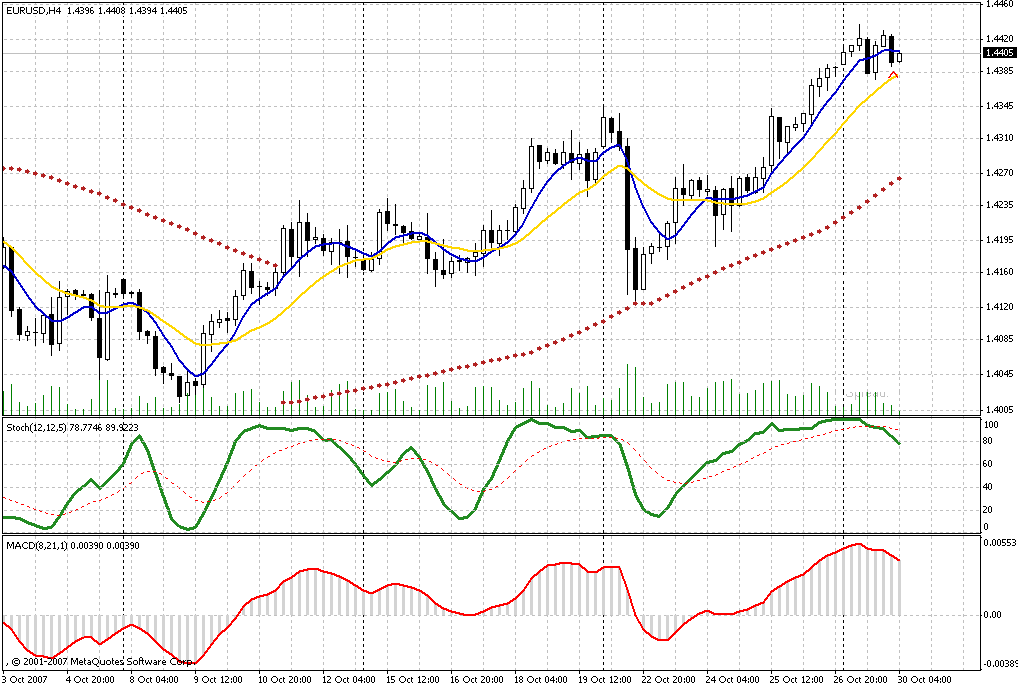Ted’s .5 DTA is helpful to see how leveraged he is, but it is somewhat worthless without something to compare it to. For instance, if his industry had an average DTA of 1.25, you would think Ted is doing a great job. It’s always important to compare a calculation like this to other companies in the industry. From the calculated ratios above, Company B appears to be the least risky considering it has the lowest ratio of the three. As is often the case, comparisons of the debt ratio among different companies are meaningful only if the companies are similar, e.g. of the same industry, with a similar revenue model, etc. If hypothetically liquidated, a company with more assets than debt could still pay off its financial obligations using the proceeds from the sale.
- If there is a significant increase in total liabilities, then this will affect the debt-to-total asset ratio positively.
- In the near future, the business will likely default on loans out of a lack of resources to pay.
- In today’s financial landscape, understanding the financial health of a company is crucial for investors, creditors, and stakeholders.
- The current ratio evaluates a company’s short-term liquidity by comparing its current assets to its current liabilities.
Trend analysis is looking at the data from the firm’s balance sheet for several time periods and determining if the debt-to-asset ratio is increasing, decreasing, or staying the same. The business owner or financial manager can gain a lot of insight into the firm’s financial leverage through trend analysis. It represents the proportion (or the percentage of) assets that are financed by interest bearing https://personal-accounting.org/ liabilities, as opposed to being funded by suppliers or shareholders. As a result it’s slightly more popular with lenders, who are less likely to extend additional credit to a borrower with a very high debt to asset ratio. Investors use the ratio to evaluate whether the company has enough funds to meet its current debt obligations and to assess whether the company can pay a return on its investment.
Business managers and financial managers have to use good judgment and look beyond the numbers in order to get an accurate debt-to-asset ratio analysis. Over 1.8 million professionals use CFI to learn accounting, financial analysis, modeling and more. Start with a free account to explore 20+ always-free courses and hundreds of finance templates and cheat sheets.
The ratio is used to measure how leveraged the company is, as higher ratios indicate more debt is used as opposed to equity capital. To gain the best insight into the total-debt-to-total-assets ratio, it’s often best to compare the findings of a single company over time or compare the ratios of different companies. If the calculation yields a result greater than 1, this means the company is technically insolvent as it has more liabilities than all of its assets combined. A calculation of 0.5 (or 50%) means that 50% of the company’s assets are financed using debt (with the other half being financed through equity).
Conversely, during times of economic growth, companies may have more resources available to pay down debt, reducing the ratio. A company’s debt to assets ratio can vary depending on its stage in the business life cycle. Start-ups and early-stage companies often rely more on debt to finance their growth, resulting in higher ratios. As a company matures and generates more cash flow, it can pay down its debt and reduce the ratio.
What is Total Debt to Asset Ratio?
Let’s take an example to understand the calculation of the Debt to Asset Ratio formula in a better manner. If you do choose to calculate your debt-to-asset ratio, do so on a regular basis so you can track any increases or decreases in your number and act accordingly. Christopher should seek immediate action towards remedying the situation, such as hiring a financial advisor to help.
Editorial content from The Ascent is separate from The Motley Fool editorial content and is created by a different analyst team. She adds together the value of her inventory, cash, accounts receivable, and the result is $26,000. To begin the process, Christopher gathers the Lucky Charm’s balance sheet for November 2020 to ensure that he has all the information he needs at his disposal. On the opposite end, Company C seems to be the riskiest, as the carrying value of its debt is double the value of its assets.
What is the debt-to-asset ratio formula?
He is a CFA charterholder as well as holding FINRA Series 7, 55 & 63 licenses. He currently researches and teaches economic sociology and the social studies of finance at the Hebrew University in Jerusalem. “It is generally agreed that a debt-to-asset debt to asset ratio formula ratio of 30% is low,” says Bessette. “Some companies, like manufacturers, need a lot of equipment to operate, which requires more financing,” explains Bessette. Not only is it normal for a company to be in debt, this can even be a positive thing.
Would you prefer to work with a financial professional remotely or in-person?
The debt to assets ratio provides a snapshot of a company’s overall financial health. It offers insights into its capital structure and indicates the extent to which the company relies on borrowed funds. A healthy ratio demonstrates a balanced mix of debt and equity, which enhances confidence among investors and lenders.
Additional Resources
Yes, Total Debt to Asset Ratio (also known as Debt to Equity Ratio) can be used to compare companies and gain insight into the leverage or risk of each business. This ratio offers a picture of how a company is managing its finances — how much debt it is using to finance its assets in comparison to how much is supplied by shareholders or owners. As such, it can be used to measure the financial health of a business and compare it to other enterprises. Although a debt to asset ratio can provide important information, it has its limitations. In particular, any financial firm that lends money to businesses has to make sure their debt to asset ratios are uniformed. That is, they must calculate using the same metrics for every business, otherwise they won’t be able to compare ratios and determine lending parameters.
A high ratio, on the other hand, indicates a substantial dependence on debt and could be a sign of financial weakness. Gearing ratios focus more heavily on the concept of leverage than other ratios used in accounting or investment analysis. The underlying principle generally assumes that some leverage is good, but that too much places an organization at risk. Personal D/E ratio is often used when an individual or a small business is applying for a loan.
To illustrate the practical application of the debt to assets ratio, let’s consider two companies, XYZ Corporation and ABC Inc. As a highly regulated industry making large investments typically at a stable rate of return and generating a steady income stream, utilities borrow heavily and relatively cheaply. High leverage ratios in slow-growth industries with stable income represent an efficient use of capital.















